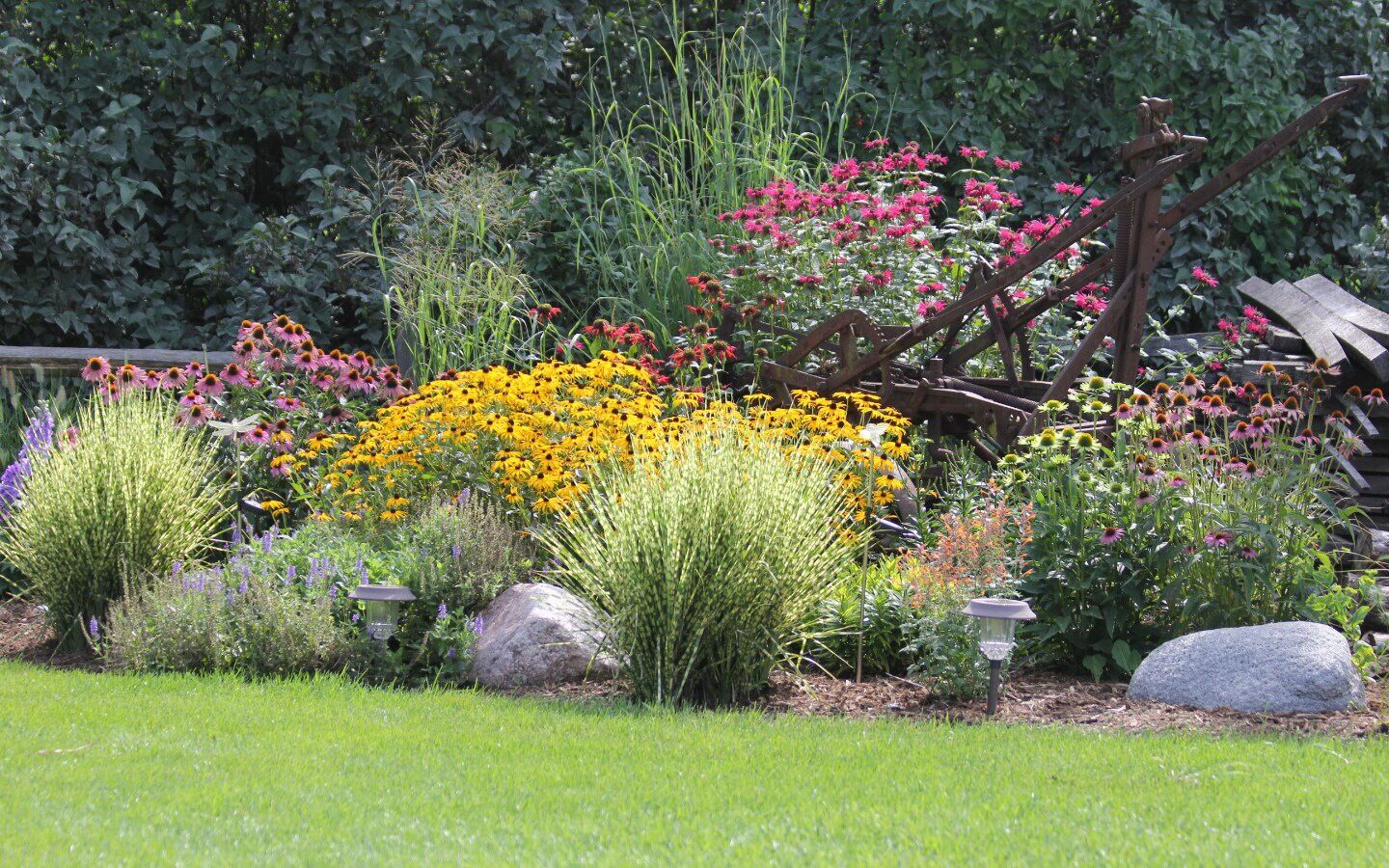Pollinator Gardens: What's the Buzz?

From PRWeb; A good example of a pollinator garden.
While having any kind of garden is useful for bees, there are some things you can do to optimize the amount of pollinators that visit your garden. Tips vary by location, such as what to plant and what kind of bee you want to attract, but this guide will help narrow down a few things that you can do to help out pollinators:
-
Cut down on pesticides. Use the least toxic stuff you can find, or use plants that can naturally trap pests. Bees and most other pollinators are not active during the night, so use any pesticides at night.
-
Use plants native to your area! Local pollinators will be most adjusted to native plants, so your garden will be more appealing than one with lots of foreign flowers. This link is a really good way to find some local plants
-
Choose flowers that will bloom as close to year-round as you can get. The longer your flowers stay blooming, the more pollen the bees will be able to get from them before winter.
-
Different kinds of bees prefer different kinds of flowers. If you want to attract one kind of bee more than the others, make sure to research what kinds of flowers that bee likes.
-
Try to go for more natural flowers. The more hybridized a flower is, the less pollen it has for bees.
-
Bees need a place to rest in your garden! Leave a part of it fairly uncultivated so that native bees have a place to burrow. In addition, several kinds of bees like to live in wood, so buy a bee home or drill into a sizable log and put it in or near your garden.
-
Have a water source. Bees need water too, so have some kind of water source like a bird bath or a bee bath near your garden so that bees can have access to it.

Courtesy of Experience Life; A bee resting in a bee bath.
-
Choose diverse kinds of flowers so that there are several choices. Some pollinators can visit several kinds of flowers, some prefer to stick to one or two kinds. By having a diverse garden, you can assure that the bees will have something to visit.
-
Avoid mulch or fabric on the bottom of your garden. Lots of bees like to burrow, so you end up blocking their way home.
-
Have a part of your lawn that is hard to keep up? Replace it with flowers and make it another part of your pollinator garden! This gives the bees a separate place close by where they can go for more shelter.

Courtesy of the David Suzuki Foundation; A bee coming out of its burrow.